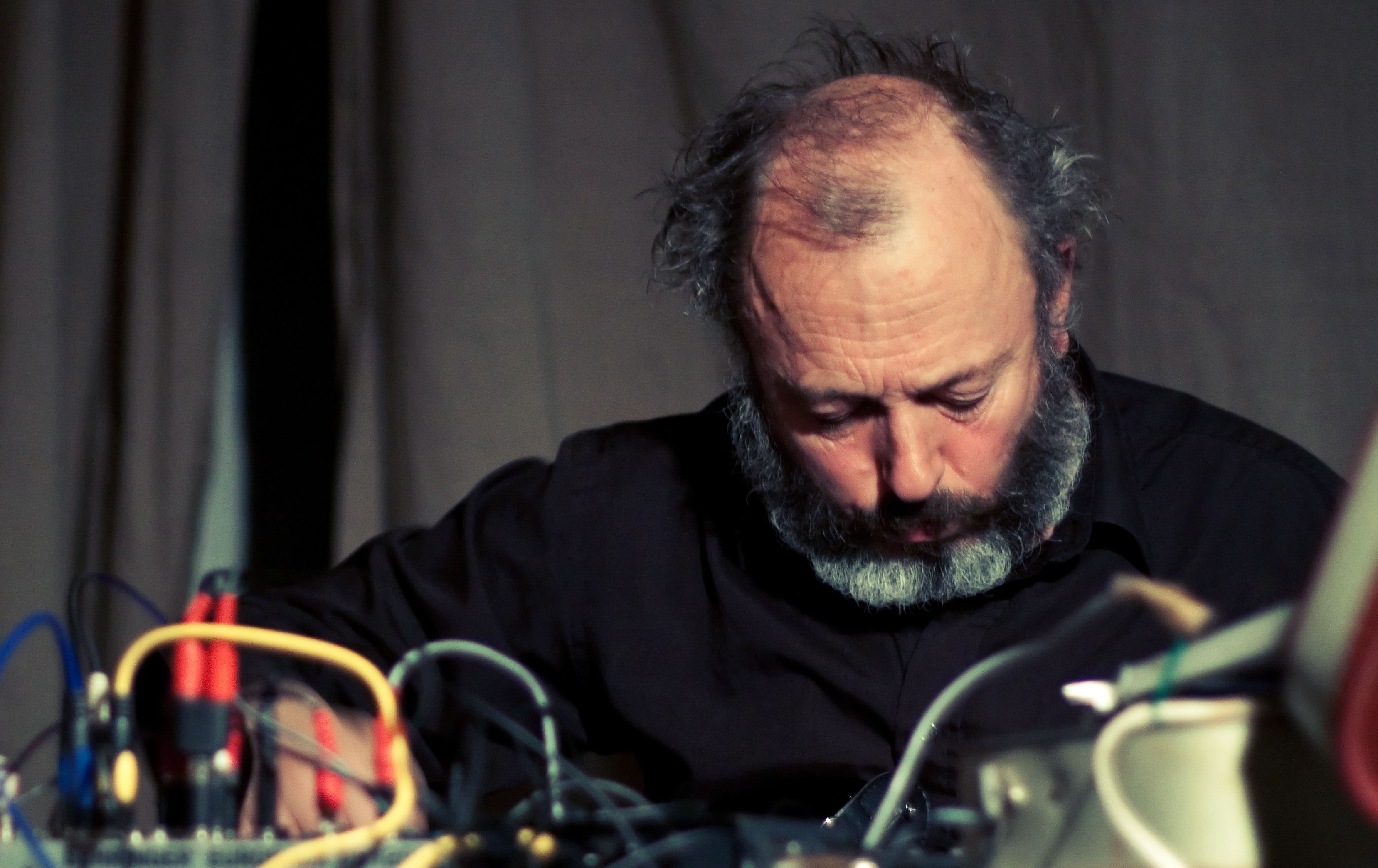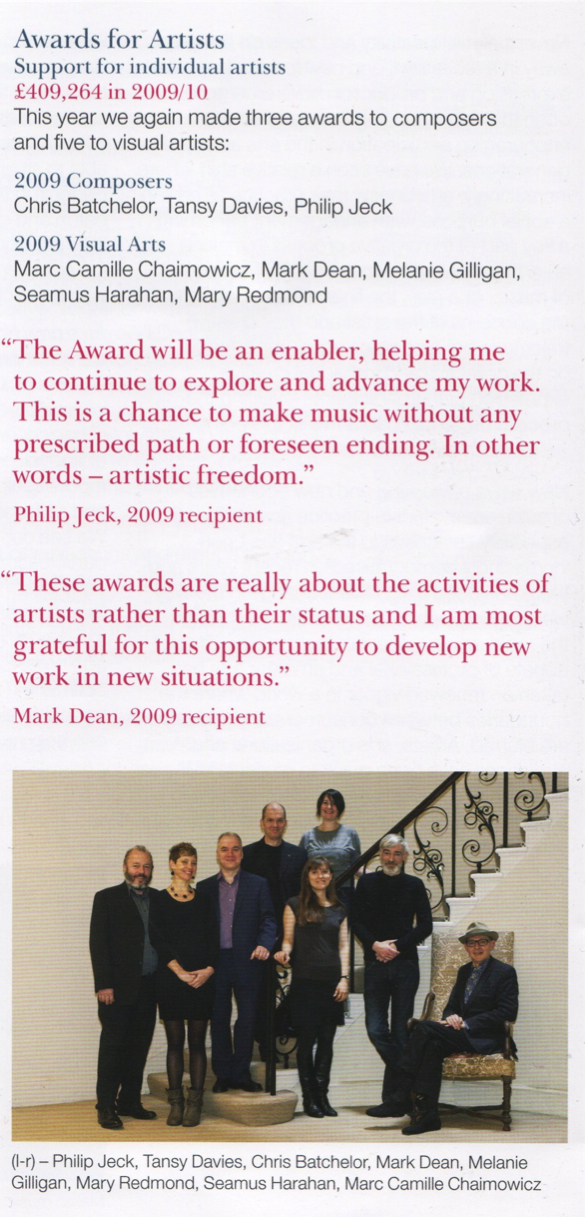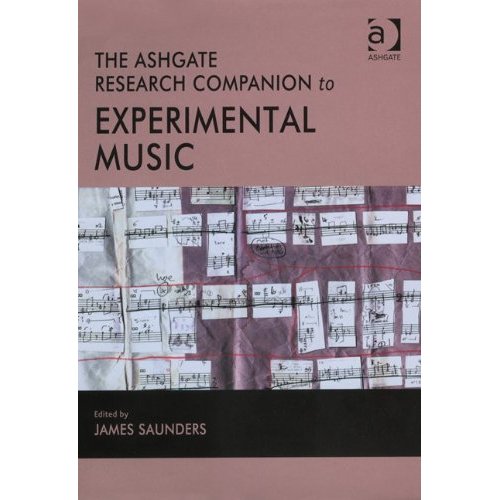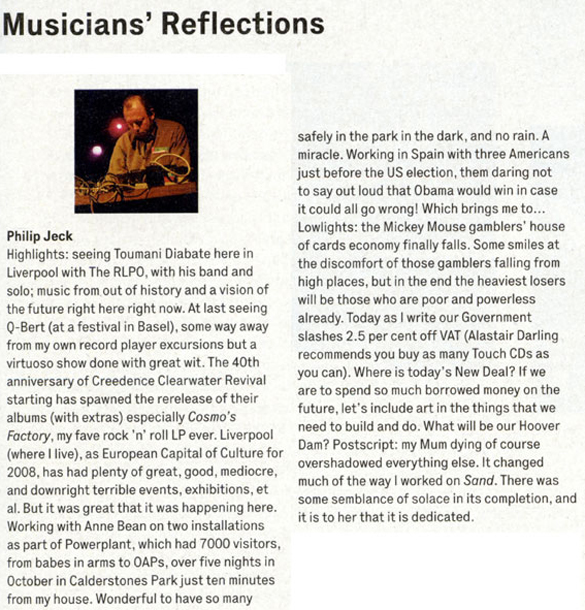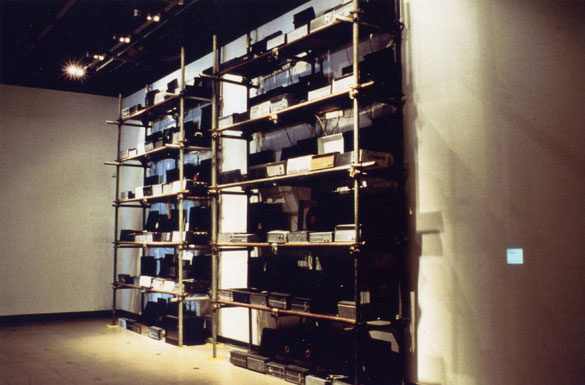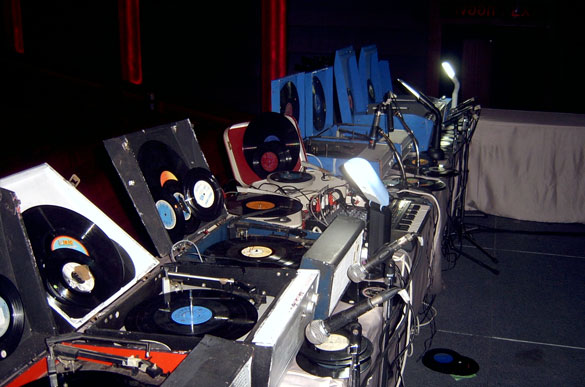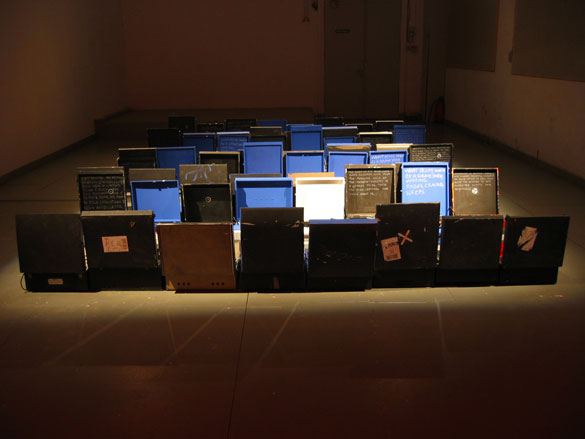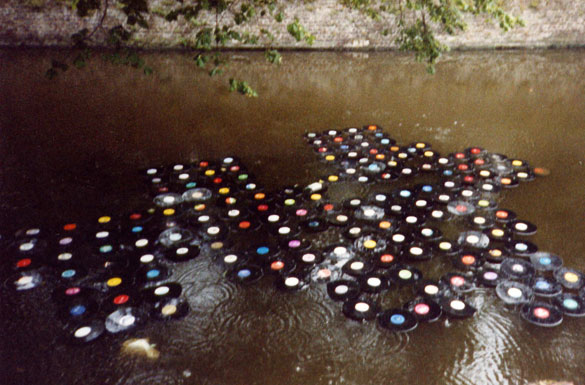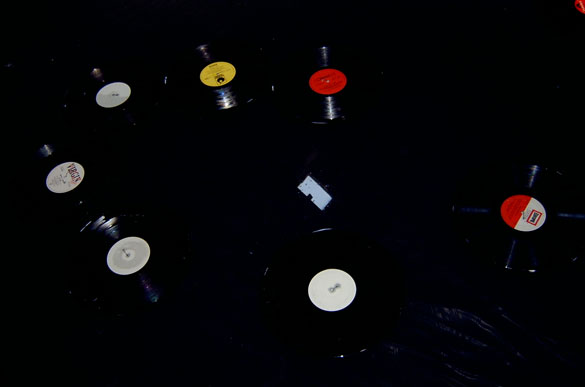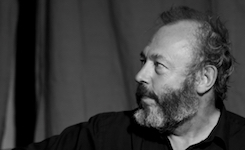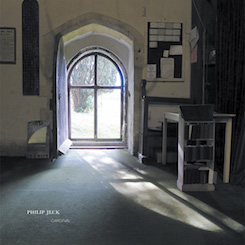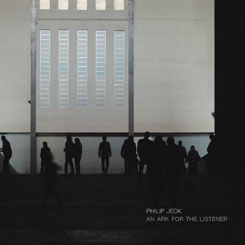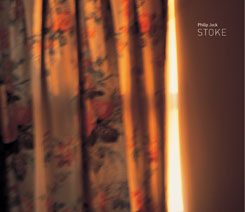We are delighted to announce that Philip Jeck has received a Distinction for “Suite: Live in Liverpool”
Also, Touch artist Jana Winderen has won the Golden Nica for Digital Musics and Sound Art at Ars Electronica 2011. Her entry “Energy Field” was chosen by the jury out of 717 original entries into the category and Sohrab an Honorary Mention for “A Hidden Place“.
Since 1987, the Prix Ars Electronica has served as an interdisciplinary platform for everyone who uses the computer as a universal medium for implementing and designing their creative projects at the interface of art, technology and society.
The Prix Ars Electronica, the Ars Electronica Festival, the Ars Electronica Center – Museum of the Future and the Ars Electronica Futurelab are the four divisions that comprise the Ars Electronica Linz GmbH, whose specific orientation and long-term continuity make it a unique platform for digital art and media culture.
The competition is organized by the Ars Electronica Linz GmbH and ORF’s Upper Austria Regional Studio in collaboration with the OK Center for Contemporary Art and the Brucknerhaus Linz, and the prizes are awarded during the Ars Electronica Festival each year. The Prix Ars Electronica is one of the most important awards for creativity and pioneering spirit in the field of digital media.
Previous Distinctions have been awarded to Gescom for their MiniDisc release, which was released on OR, and Chris Watson for his album “Outside the Circle of Fire“.
You can buy Suite: Live in Liverpool in Bandcamp














